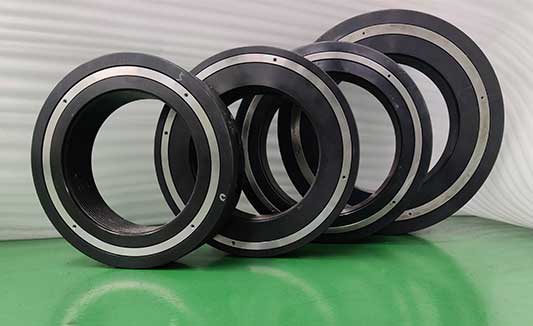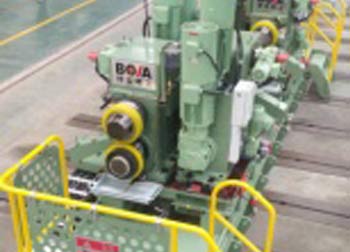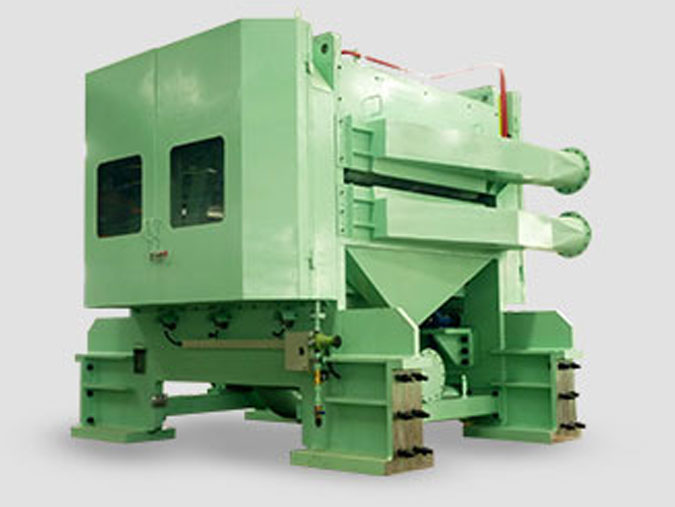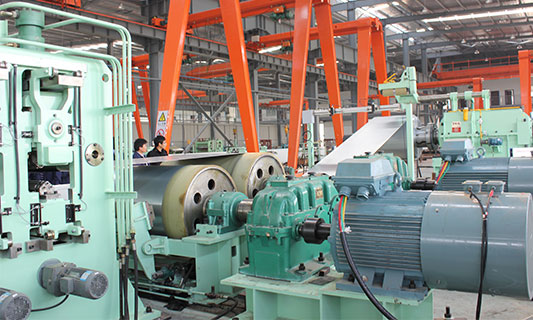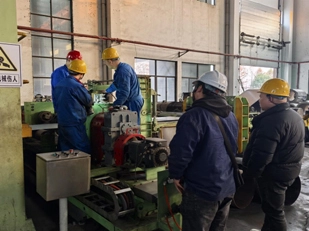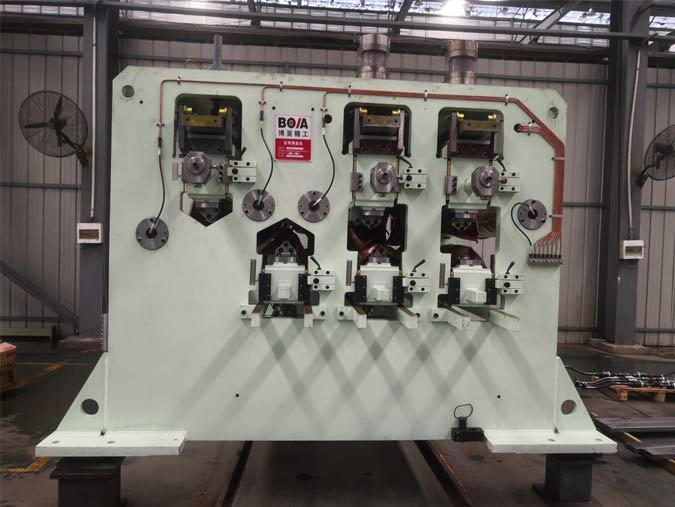The Process and Structure of Roll Coater
Ⅰ. About the roller coating process of roll coater machine
The roller coating process is divided into two categories: manual roller coating and couple roller coating. The light-curing coating usually adopts the mechanical roller coating machine method (also known as the roller coating method), which can be divided into two categories: the same direction and the reverse direction. The rotation direction of the paint roller of the roll coater machine with the same direction is consistent with the advancing direction of the object to be coated. The surface of the object to be coated is applied with the pressure of the roller, and the paint is applied in an extruded state. The amount of coating is small so the coating layer is also thin. Therefore, when the roll coater machine with the same direction is used for coating, two machines are often used in series, so the obtained coating will be more uniform.
The roller coating method is suitable for the coating of large-area sheets and strips, the pre-coating of metal sheets, and the coating of cured coatings for coils, plywood, paper, cloth, plastic films. The roller coating method has the advantages of high coating efficiency and is easy to achieve continuous production. What's more, the coating film has good appearance quality and it easy to control the thickness of the film. It has less pollution and can be used together with printing. The disadvantage is that its demand for the shape of the coated object is too high. And it could not coat a three-dimensional workpiece. The equipment investment is also large.
Ⅱ. The main structure of the roll coater machine
(1) Coating mechanism
The coating mechanism of the roll coat machine, also known as the coating head, is composed of a take-up roll, a coating roll, and a coating pan. This form of composition is usually called a two-roller type. The function of the take-up roller is to pick up the paint from the paint pan and then transfer the paint to the coating roll, which will apply the paint to the surface of the coil. Each roller is equipped with an adjustment device, which can adjust the gap and pressure between the rollers to obtain the required coating amount. When the machine stops and the seam of the coil passes, the coating roller on the front can be automatically disengaged from the coil by the automatic adjustment device, to protect the coating roller from damage.
The difference between the three-roll coating head and the two-roll coating head is that a regulating roller is added, so the wet film thickness can be adjusted by adjusting the gap between the regulating roller and the take-up roller. Roll coating equipment with higher production speed is often equipped with two coating heads, and there are two coating heads set on the front of the coil. The two coating heads are set up to quickly switch the paint and coating rollers.
(2) Steering and supporting mechanism
The steering and supporting mechanism are constructed by steering rollers, backup rollers, and top idler rollers. The steering roller turns the coil by 180° so that the coil can enter the backing roller at an appropriate angle; the backup roller support the coil receive front coating in the process of coating; the top idler roller jacks up the coil between the back-up roller and the back of the coating head. When the machine stops and the seam of the coil passes, the coil will be pushed away from the back of the backup roller with the help of an automatic adjustment device to protect the coating roll from damage.
(3) The drive mode
The drive mode of the roller of the roll coating machine is divided into two ways: collective drive and single-roller drive. Collective drive means that all the rollers of the roll coater machine are driven by a motor, which is not easy to change the technical parameters of the process. The single-roller drive equips each roller with a dedicated DC motor, which can change the rotation direction and the speed arbitrarily, and easily change the technical parameters of the process.
Ⅲ. Curtain Coater vs Rollcoater
| Aspect | Curtain Coater | Roller Coater |
|---|
| Coating Method | Utilizes a continuous curtain of coating material that falls onto the substrate as it passes through. | Uses rotating rollers to apply the coating material directly onto the substrate. |
| Coating Effect | Provides a very uniform and smooth coating, ideal for high-quality finishes. | Can achieve uniform coatings but may have slight variations depending on roller pressure and speed. |
| Suitable Materials | Best suited for flat and smooth surfaces such as wood panels, glass, and metal sheets. | Versatile and can be used on a variety of materials including wood, metal, plastic, and paper. |
Topics You May Be Interested in:
Backup Rolls
Precision Blanking
Conventional Stamping
Rubber Roller Coating Machine
Press Blanking
Popular BOYA Flat Metal Processing Machinery
Other Articles about BOYA Flat Metal Processing Machinery

 English
English 